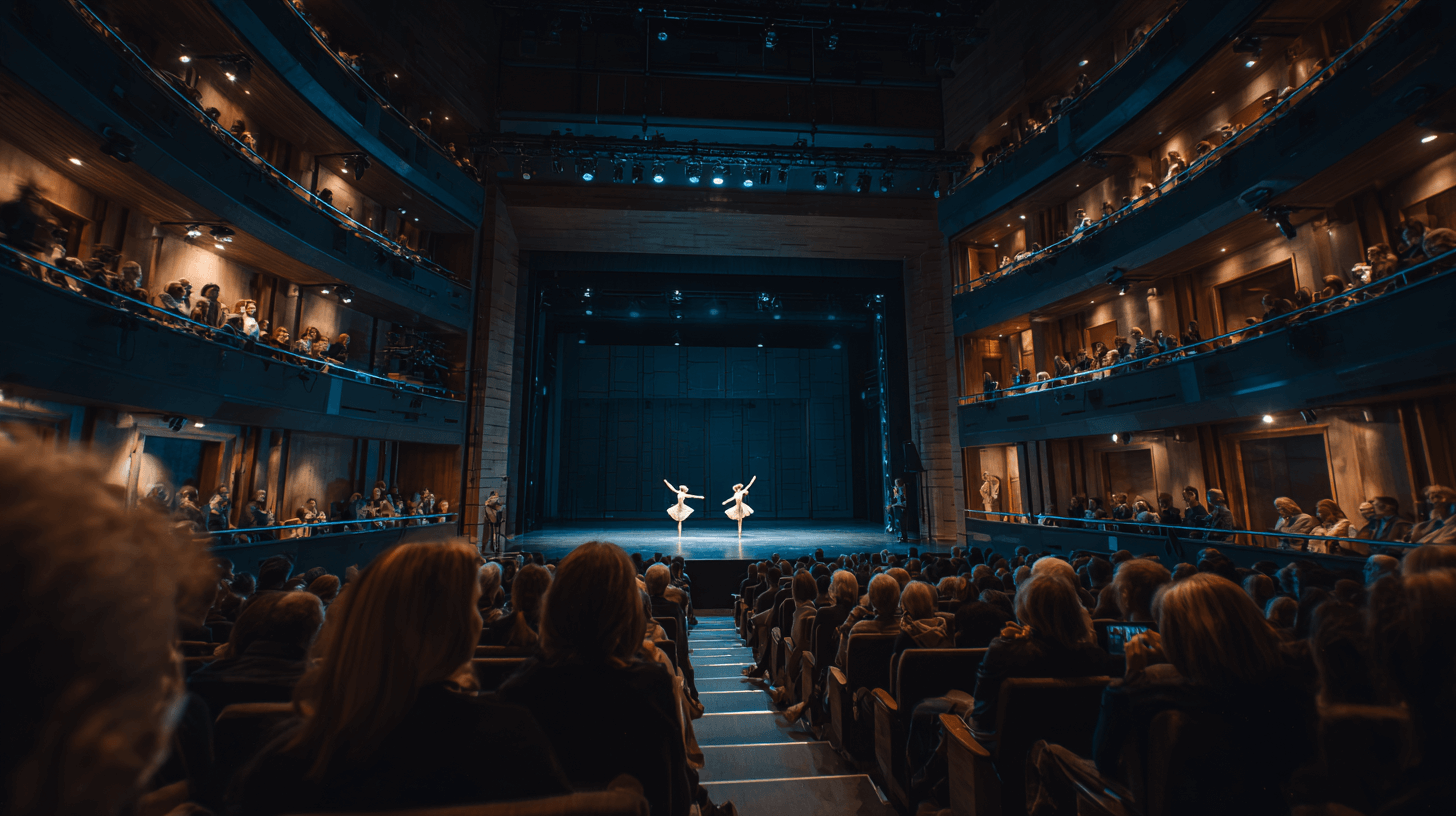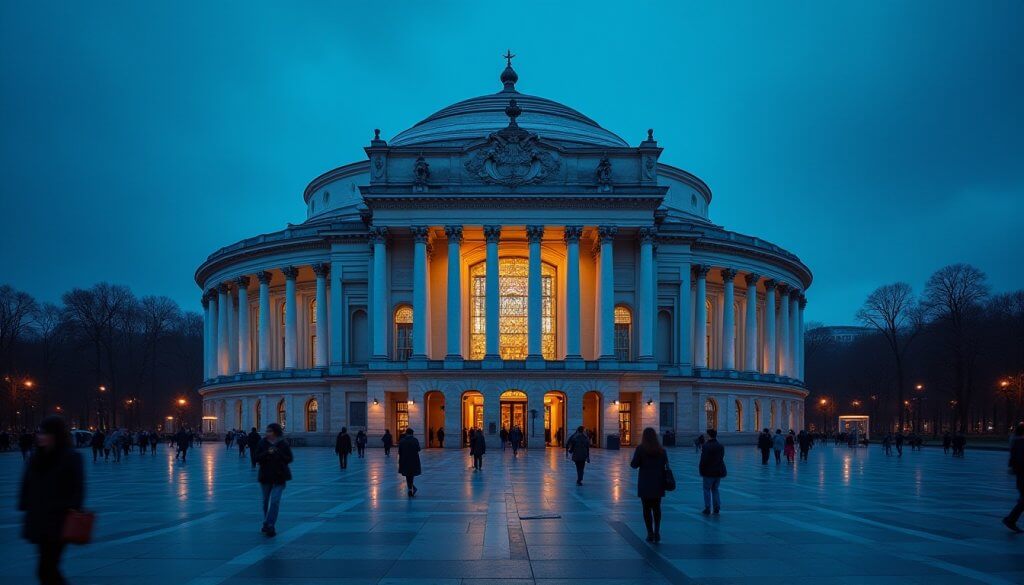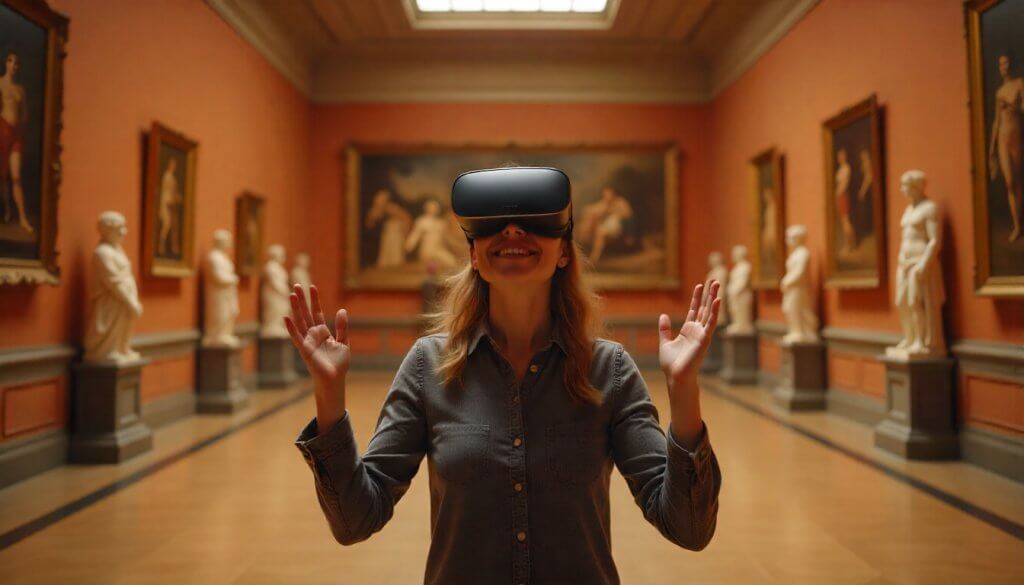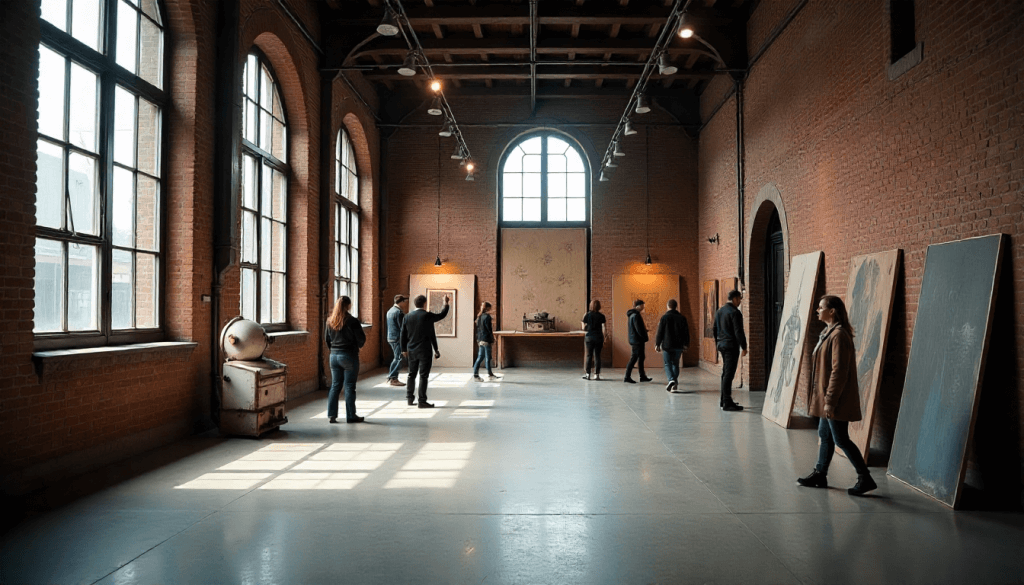Moscow is world-renowned for its classical ballet, with the Bolshoi Theatre standing as an iconic symbol of Russian culture. Tourists often associate Moscow’s ballet scene solely with the grandeur of the Bolshoi, yet the city offers a rich spectrum of alternative venues that provide equally compelling experiences. These theaters present innovative interpretations of classic works and bold contemporary choreography, appealing to audiences seeking a more intimate or experimental setting. For travelers interested in exploring Moscow’s diverse performing arts scene, discovering alternative ballet theaters offers a unique insight into the evolving landscape of Russian dance.
The dominance of the Bolshoi can overshadow the creativity flourishing in smaller venues. While the Bolshoi’s productions are meticulously polished and steeped in tradition, alternative theaters frequently push boundaries, experimenting with modern music, unconventional staging, and cross-disciplinary collaborations. This juxtaposition between classic and avant-garde dance illustrates the breadth of Moscow’s ballet culture. Visitors benefit from engaging with these spaces, gaining a richer understanding of how ballet evolves within Russian society and how contemporary choreographers reinterpret traditional narratives.
This guide highlights some of Moscow’s most notable alternative ballet theaters, offering practical information on locations, ticketing, performance schedules, and insider tips for navigating the city’s dance scene. By reading further, travelers will learn where to find immersive performances, how to access intimate venues, and which theaters provide exceptional experiences beyond the mainstream. Whether you are a seasoned ballet enthusiast or a curious tourist, exploring Moscow’s alternative theaters promises a memorable cultural journey.
Emerging Ballet Venues
Moscow’s alternative ballet scene is supported by a network of theaters that prioritize innovation and accessibility. Unlike the monumental Bolshoi, these spaces often have smaller auditoriums, allowing audiences to feel a closer connection with the dancers. Venues like the Stanislavsky and Nemirovich-Danchenko Music Theatre and the Gogol Center experiment with contemporary choreography while preserving elements of classical ballet technique.
Stanislavsky and Nemirovich-Danchenko Music Theatre
Founded in 1938, this theater maintains a unique blend of drama and ballet, offering productions that integrate theatrical storytelling with dance. Its smaller stage encourages creative set designs and close interaction between performers and spectators. Audiences can expect performances that challenge traditional interpretations of well-known ballets, presenting them in innovative contexts. The theater also frequently hosts young choreographers, providing a platform for emerging talent in Moscow’s ballet community.
In addition to its standard season, the theater runs workshops and masterclasses, inviting international choreographers and instructors to collaborate with local dancers. This approach ensures that the repertoire remains dynamic and accessible while fostering cross-cultural dialogue. Visitors are encouraged to explore these educational opportunities, gaining a deeper appreciation for the technical and artistic rigor involved in contemporary ballet production.
Practical Tips: Tickets can be purchased online or at the theater’s box office. Weekday performances are often less crowded, and seating near the center provides the best perspective on stage movement. Seasonal discounts or student passes may be available, offering a cost-effective way to experience high-quality performances.
Gogol Center
The Gogol Center, though primarily known for experimental theater, hosts a range of dance performances including contemporary ballet. Its productions often integrate multimedia, unconventional music, and dynamic stage designs. Unlike traditional venues, Gogol emphasizes audience engagement, frequently involving spectators in immersive performance elements. This innovative approach offers a fresh lens through which to view classical ballet forms reimagined for modern sensibilities.
The center also serves as an incubator for young choreographers and dancers, often premiering original works that challenge conventional storytelling. Audiences can witness firsthand the development of new techniques and narrative styles that may influence mainstream productions in years to come. For travelers seeking a distinctive cultural experience, Gogol Center provides both artistic innovation and a vibrant, interactive atmosphere.
Practical Tips: Performances at Gogol Center may require advance booking due to limited seating. Evening shows often incorporate post-performance discussions, which can enrich the viewer’s understanding of the choreography and thematic choices. Accessibility is good, though some areas may be tight for those with mobility concerns.
Contemporary Choreography Hubs
Beyond these venues, several independent studios and smaller theaters have emerged as hubs for contemporary ballet. Institutions like the Troyka Dance Theater and the Moscow Contemporary Ballet Studio offer performances that blend classical technique with modern storytelling. These venues are particularly appealing for audiences interested in new choreographic voices and experimental stagecraft.
Smaller studios often collaborate with international artists, bringing global dance trends to Moscow audiences. This cultural exchange fosters innovation, ensuring that the city’s alternative ballet scene remains dynamic and responsive to contemporary artistic currents. Travelers can attend open rehearsals or participate in pre-show talks, enhancing their appreciation of the creative process.
Practical Tips: Studio performances often have flexible ticketing and may provide the option to watch rehearsals or interact with performers post-show. Keep an eye on local arts calendars or theater newsletters for announcements of limited-run or pop-up productions.
Experimental and Cross-disciplinary Ballet
Alternative ballet theaters frequently intersect with other art forms, including theater, music, visual arts, and digital media. These cross-disciplinary approaches redefine audience expectations, introducing new ways to experience dance.
Integrative Performances
Some theaters experiment by merging ballet with live music, visual projections, or interactive stage design. For instance, the “Moscow Ballet Project” often collaborates with contemporary composers and visual artists, creating immersive narratives that extend beyond traditional stage boundaries. Audiences are encouraged to experience ballet as a multi-sensory art form, where lighting, sound, and movement interplay to evoke deeper emotional responses.
These performances offer a fresh perspective for visitors accustomed to traditional productions. By observing how choreography interacts with other media, spectators gain insight into the evolving role of ballet in contemporary culture. The integration of technology also introduces younger audiences to classical dance in innovative, relatable formats.
Practical Tips: Tickets for experimental shows may sell quickly, so advanced booking is recommended. Consider attending during festival periods, when multiple innovative performances may occur concurrently, offering a richer cultural experience.
Collaborations and Festivals
Moscow hosts several dance festivals that showcase alternative ballet, including the “Moscow International Dance Festival” and “New Dance Platform.” These events present an array of choreographic styles, from modern interpretations of classical ballets to avant-garde productions. Festivals provide an ideal opportunity for tourists to experience multiple venues and emerging choreographers in a condensed timeframe.
Festival programs often include workshops, panel discussions, and meet-the-artist sessions. Engaging with these activities can deepen visitors’ understanding of the creative and technical challenges involved in contemporary ballet. Attending a festival allows audiences to witness the breadth of Russia’s dance innovation in a single visit.
Practical Tips: Check festival schedules months in advance, as popular performances may require early reservation. Festival passes often provide access to multiple theaters and events, offering good value for extended stays in Moscow.
Navigating the Alternative Ballet Scene
Understanding Moscow’s alternative ballet landscape requires practical knowledge of venues, ticketing, and transportation. Many theaters are located in accessible central districts, but small venues may not be listed on mainstream tourist maps.
Ticketing and Reservations
Most alternative theaters provide online booking options, but some may require direct communication via phone or email, especially for smaller studios. Prices vary depending on the production, with smaller theaters often offering more affordable tickets compared to the Bolshoi. Discounted rates may be available for students, seniors, or multi-performance packages.
Transportation and Accessibility
Moscow’s extensive metro system makes theater-hopping manageable. Central locations like Tverskaya, Arbat, and Chistye Prudy provide convenient access to multiple venues. For travelers planning multiple performances in one evening, consider proximity and transit options to maximize time between shows. Some theaters are wheelchair accessible, but confirmation in advance is recommended.
Etiquette and Experience
Alternative theaters often embrace a more casual atmosphere compared to the Bolshoi’s formal tradition. Audience interaction may be encouraged, and the dress code is generally less stringent. Visitors should remain attentive to house rules and respect performers’ creative space, enhancing both personal experience and community rapport.
結論
Moscow’s alternative ballet theaters offer a captivating supplement to the world-famous Bolshoi. These venues present experimental choreography, cross-disciplinary collaborations, and intimate performance settings that expand the traditional ballet experience. By exploring theaters such as the Stanislavsky and Nemirovich-Danchenko Music Theatre, Gogol Center, and contemporary dance studios, tourists gain exposure to the evolving landscape of Russian dance and the creative voices shaping its future.
For travelers eager to go beyond mainstream cultural attractions, alternative ballet provides an opportunity to witness innovation firsthand. Advanced planning, awareness of performance schedules, and engagement with festival events can significantly enhance the experience. Moscow’s vibrant alternative ballet scene demonstrates that the city’s artistic heritage is not confined to grandiose theaters but thrives in intimate, experimental spaces where creativity flourishes.
Ultimately, exploring Moscow’s lesser-known ballet venues enriches cultural understanding, offering insight into both classical roots and contemporary evolution. Whether attending a modern reinterpretation of a classical work or discovering an emerging choreographer’s vision, visitors are rewarded with a dynamic, immersive, and memorable journey into the heart of Russian dance.

 Russian Ballet Beyond the Bolshoi: Alternative Theaters in Moscow">
Russian Ballet Beyond the Bolshoi: Alternative Theaters in Moscow">

 How to Blend Luxury and Authentic Experiences in Moscow">
How to Blend Luxury and Authentic Experiences in Moscow">
 Virtual Reality Museums in Moscow: When Physical Meets Digital">
Virtual Reality Museums in Moscow: When Physical Meets Digital">
 Moscow’s Creative Spaces: Artist Studios and Alternative Galleries">
Moscow’s Creative Spaces: Artist Studios and Alternative Galleries">
 Industrial Tourism in Moscow: Factory Tours and Manufacturing Heritage">
Industrial Tourism in Moscow: Factory Tours and Manufacturing Heritage">